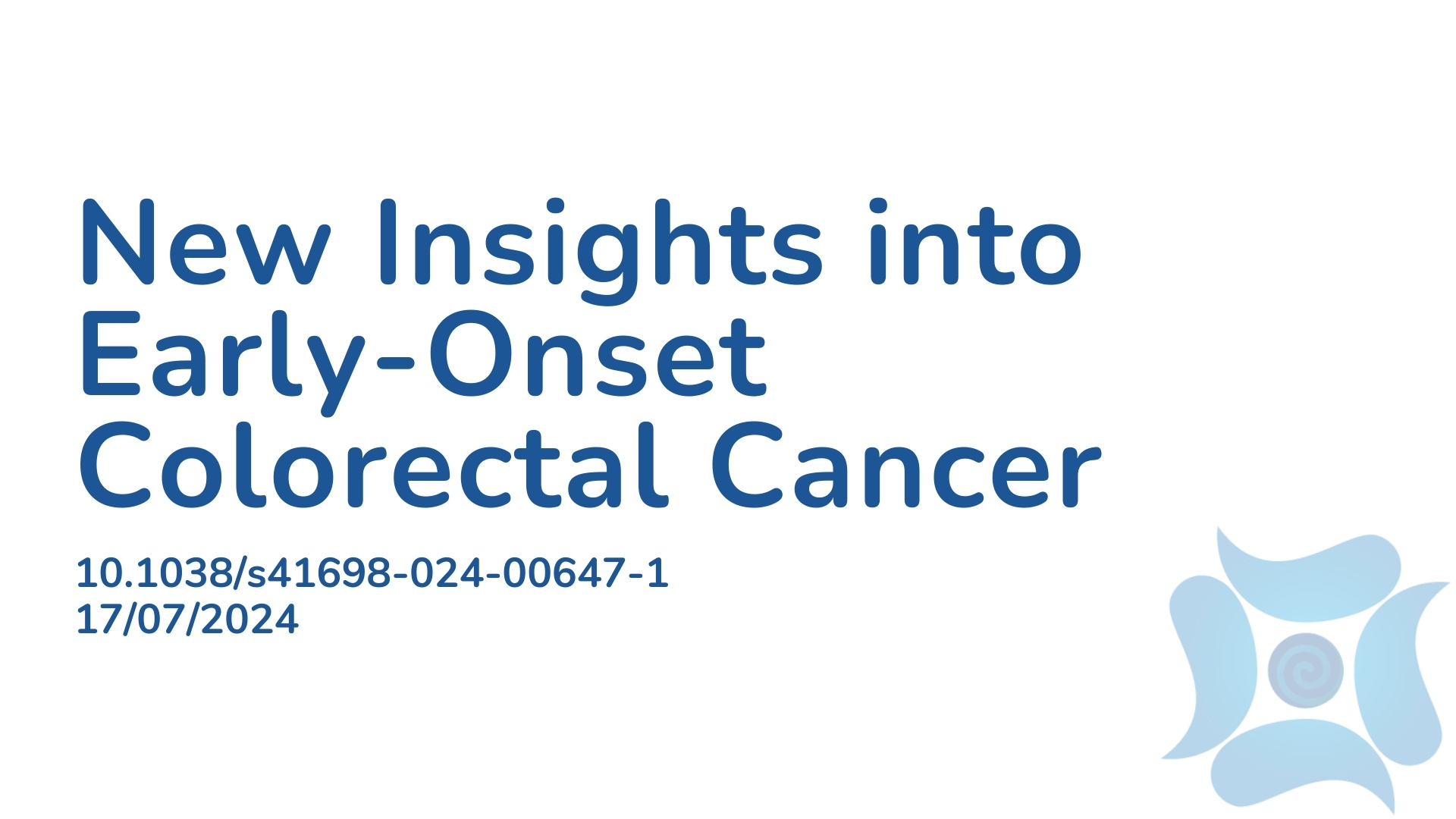Summary:
There has been a rise in early-onset colorectal cancer (eoCRC), but its causes and development are not fully understood. In the U.S., eoCRC disproportionately affects racial and ethnic minorities and is often diagnosed at more advanced stages, presenting unique challenges for younger patients, such as fertility issues and treatment side effects. Conventional screening methods may not be cost-effective for this rising incidence, highlighting the need for a better understanding of eoCRC and the identification of biomarkers for targeted screening and therapy. Advances in microbiome research offer hope. Environmental factors, lifestyle, and diet impact our microbiome, and microbiome analysis reveals chemical changes at the cellular level linked to carcinogenesis. These changes could serve as markers for cancer risk. This study aimed to explore the use of microbiome analysis and its data to identify distinct associations with eoCRC, potentially leading to more effective risk assessment and treatment strategies. The analysis showed patterns related to eoCRC: higher levels of glycerol and pseudouridine (chemical compounds) negatively correlated with Parasutterella and Ruminococcaceae (bacteria found in the intestinal tract), while cholesterol and xylitol negatively correlated with other bacteria in eoCRC. These findings demonstrate that microbiome analysis can reveal unique correlations in eoCRC and highlight the potential of microbiome classifiers as biomarkers, as well as new avenues for therapeutic interventions.
Abstract:
The incidence of early-onset colorectal cancer (eoCRC) is rising, and its pathogenesis is not completely understood. We hypothesized that machine learning utilizing paired tissue microbiome and plasma metabolome features could uncover distinct host-microbiome associations between eoCRC and average-onset CRC (aoCRC). Individuals with stages I–IV CRC (n = 64) were categorized as eoCRC (age ≤ 50, n = 20) or aoCRC (age ≥ 60, n = 44). Untargeted plasma metabolomics and 16S rRNA amplicon sequencing (microbiome analysis) of tumor tissue were performed. We fit DIABLO (Data Integration Analysis for Biomarker Discovery using Latent variable approaches for Omics studies) to construct a supervised machine-learning classifier using paired multi-omics (microbiome and metabolomics) data and identify associations unique to eoCRC. A differential association network analysis was also performed. Distinct clustering patterns emerged in multi-omic dimension reduction analysis. The metabolomics classifier achieved an AUC of 0.98, compared to AUC 0.61 for microbiome-based classifier. Circular correlation technique highlighted several key associations. Metabolites glycerol and pseudouridine (higher abundance in individuals with aoCRC) had negative correlations with Parasutterella, and Ruminococcaceae (higher abundance in individuals with eoCRC). Cholesterol and xylitol correlated negatively with Erysipelatoclostridium and Eubacterium, and showed a positive correlation with Acidovorax with higher abundance in individuals with eoCRC. Network analysis revealed different clustering patterns and associations for several metabolites e.g.: urea cycle metabolites and microbes such as Akkermansia. We show that multi-omics analysis can be utilized to study host-microbiome correlations in eoCRC and demonstrates promising biomarker potential of a metabolomics classifier. The distinct host-microbiome correlations for urea cycle in eoCRC may offer opportunities for therapeutic interventions.
Article Publication Date: 17/07/2024
DOI: 10.1038/s41698-024-00647-1



